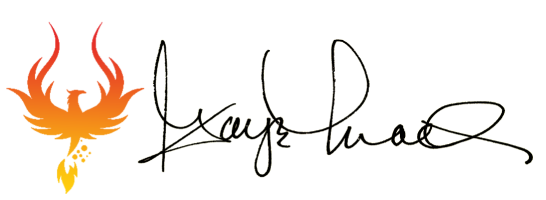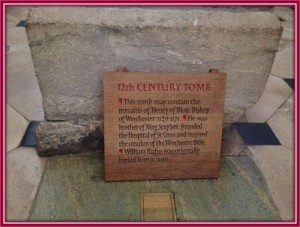The latter part of England’s twelfth century saw the increasing emergence of bibles, painstakingly created in the wealthiest of religious houses and cathedrals, certainly keeping everyone busy in the Scriptorium. Among those that have survived time not to mention the sixteenth century Reformation, there is none more spectacular in its production and preservation than the four volumes of what is known as The Winchester Bible. The largest of any known twelfth century bibles, Winchester’s masterpiece measures approximately 23 x 15 ¾ inches and contains 468 folios of incredibly smooth-appearing parchment pages. To the untrained eye, it is so beautifully preserved that it appears to have been created ‘yesterday’ not 900 years ago, making the history of its production even more amazing.
Recalling one of my previous posts (https://gayemack.com/2012/08/29/early-graffiti-artistsbored-medieval-monks-and-nuns), ‘illuminating’ the practice of making marginal editorial remarks by restless and bone weary monks beavering away in the Scriptorium, it’s difficult to get one’s mind wrapped around the fact that the complete text of this bible was with a few exceptions, written by a single scribe! However, whomever this scribe was, he actually was part of what we might term today, a ‘production team’, for his carefully written words needed the prepared parchment, prepared ink, writing tools, colorful illumination and applied gold…techniques each requiring the specialized skills of various artisans.
It’s estimated that due to the size of the pages, an entire calf skin would have been needed to produce four pages, equaling roughly 250 calves at the end of the day. Next, the preparation process of the parchment was extensive. Steps included scraping, lime treatment, stretching, drying and washing before the finished product could be purchased from professional parchment makers. Keeping in mind that parchment was also in demand for business purposes such as contracts, government charters and books produced by other monasteries and nunneries in Winchester, competitive commercial pricing most likely abounded resulting in extreme expense to the buyer.
Once the parchment was prepared, Jan Bartholomew, one of the Cathedral’s curators with whom I met, explained the process used to ensure that each page presented an identical size and shape of text, the ‘hallmark’ of a well-produced piece. While certainly another laborious process, the finished product forms a consistent pattern of 54 lines set in two columns within precise margins. She then explained that the illuminators, the artisans who produced the Rubicons and gold leaf, numbered only about six of traveling artists. Their skills being in great demand throughout Europe, it’s easy to envision them moving from city to city, country to country. Barcelona today, Winchester tomorrow…not much has changed in 900 years.
Although the text itself was finished, it’s believed that the production of the artistry, the illuminations, added an additional span of possibly 15 years or more and at that, this was never finished. Some 900 years later, there remains no conclusive evidence as to whom actually commissioned the Winchester Bible, although it’s highly thought that it might have been Henry of Blois who was Winchester’s Bishop in 1160 corresponding to the dating of the Bible’s layout and script. Henry was quite the world traveler for his day and a builder. After he left the great monastery of Cluny in France where he was brought up, Henry I of England placed him as Abbot of Glastonbury where he undertook a massive building program of this phenomenal abbey until his death in 1171. https://gayemack.com/2011/08/10/glastonbury-once-englands-wealthiest-abbey-remains-powerfully-mystical-800-after-the-great-fire-of-1184
As for certainty that he was in fact, the patron behind the production of the Winchester Bible, like many things from the twelfth century, we’ll just never know.
You can follow me on Http://www.facebook.com/gayemackauthor
Above photography©Gaye F. Mack, Inc.
The Winchester Bible©1993Claire Donovan



This is fascinating–makes each page a true treasure.
Judy, thanks so much for your comments on this latest post. For me this period in history has so many intriguing facets and more than enough material for creating ‘who dunnits’ while at the same time offering up really interesting historical facts.